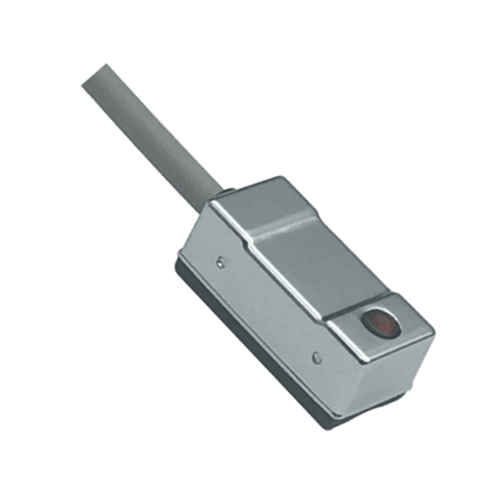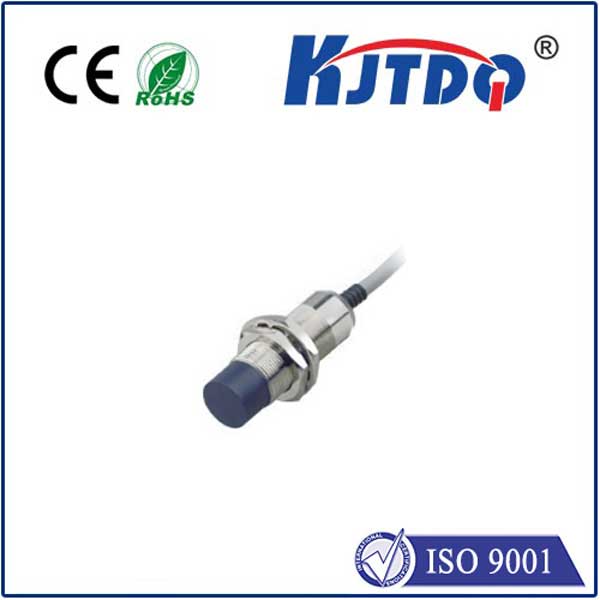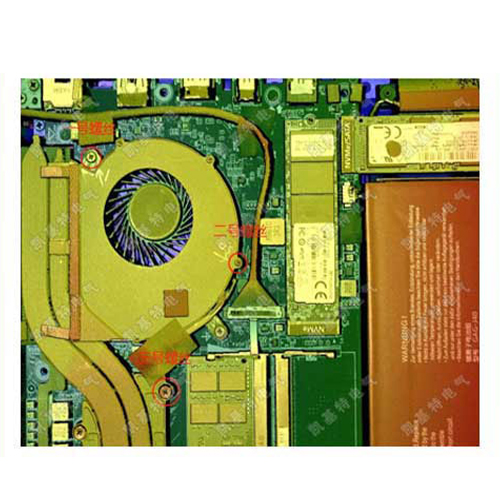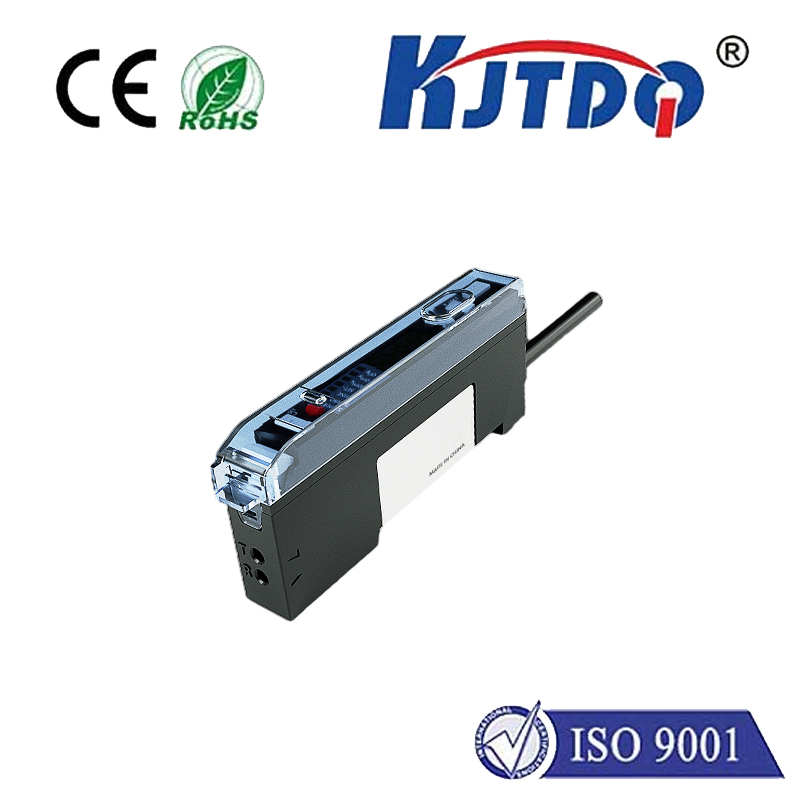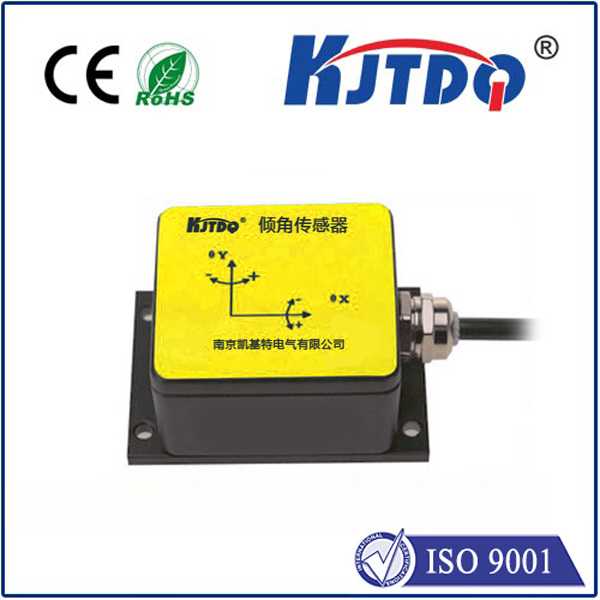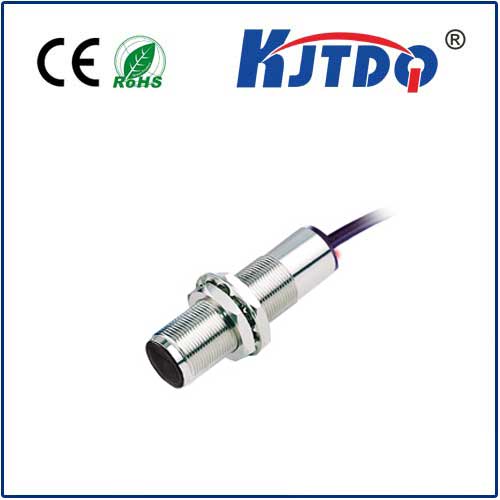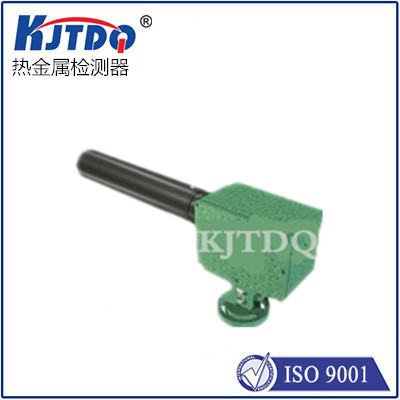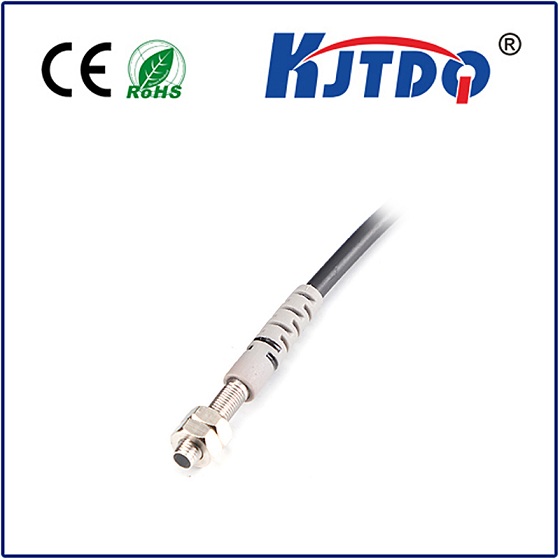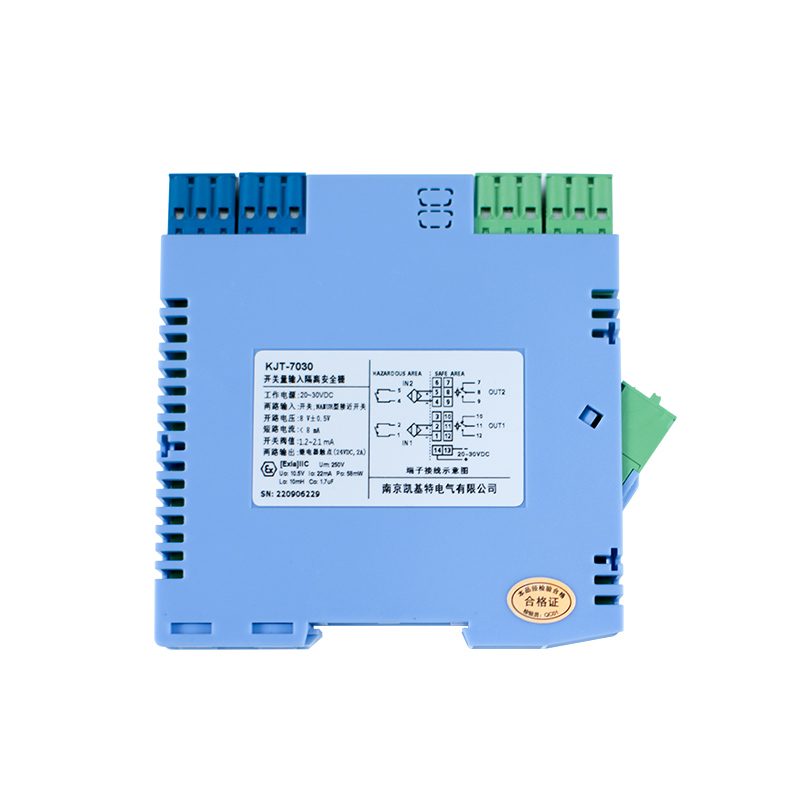

check

check

check

check
Title: The Essential Role of APL Limit Switches in Industrial Automation
The advent of automation in industrial settings has revolutionized processes, increased efficiency, and improved safety standards. Central to these advancements are the components that enable precision control, such as the APL limit switch. This article delves into what APL limit switches are and why they are vital in various industrial applications.
An APL limit switch is an electromechanical device that senses the presence or absence of an object and turns on or off an electrical circuit accordingly. These switches play a fundamental role in monitoring machine movements and ensuring operations do not exceed safe parameters. When integrated into automation systems, they can halt machinery if it moves beyond its intended range or initiate specific actions based on detected positions.

In manufacturing, APL limit switches are commonly used for controlling conveyor belts, robotic arms, packaging machines, and other equipment. They provide crucial feedback to programmable logic controllers (PLCs), which use this data to adjust machine operations in real-time. For example, in assembly lines, limit switches can signal when a product has reached a certain stage, allowing the PLC to transition between phases of the production process.
Safety is another significant area where APL limit switches shine. They can prevent potential damage to machinery and protect personnel by detecting overtravel conditions or unauthorized access to hazardous equipment. If a machine component fails or moves out of alignment, a limit switch can trigger an alarm or emergency stop, minimizing downtime and reducing risks associated with malfunctioning equipment.
APL limit switches come in various types, including mechanical, magnetic, and optical models, each suited for different environments and requirements. Mechanical switches rely on physical contact with an actuator, making them robust for harsh industrial settings. Magnetic switches offer contactless operation, extending their lifespan and reducing maintenance needs. Optical switches, on the other hand, employ LEDs and sensors to detect objects with high precision, ideal for scenarios demanding accuracy and non-contact sensing.
Installation and maintenance are critical factors for effective usage of APL limit switches. Proper placement is essential for accurate detection and responsiveness. Regular checks should be performed to ensure that the switches are clean, free from obstructions, and correctly aligned. Electrical connections must also be secure and well-insulated to prevent faulty readings or failures.
The evolution of industrial automation would not have been as rapid or efficient without the reliable performance of components like the APL limit switch. Their simplicity belies a critical function in maintaining operational integrity, enhancing productivity, and safeguarding both machinery and personnel. As industries continue to embrace smarter technologies, APL limit switches remain a foundational element in the architecture of automated systems.

